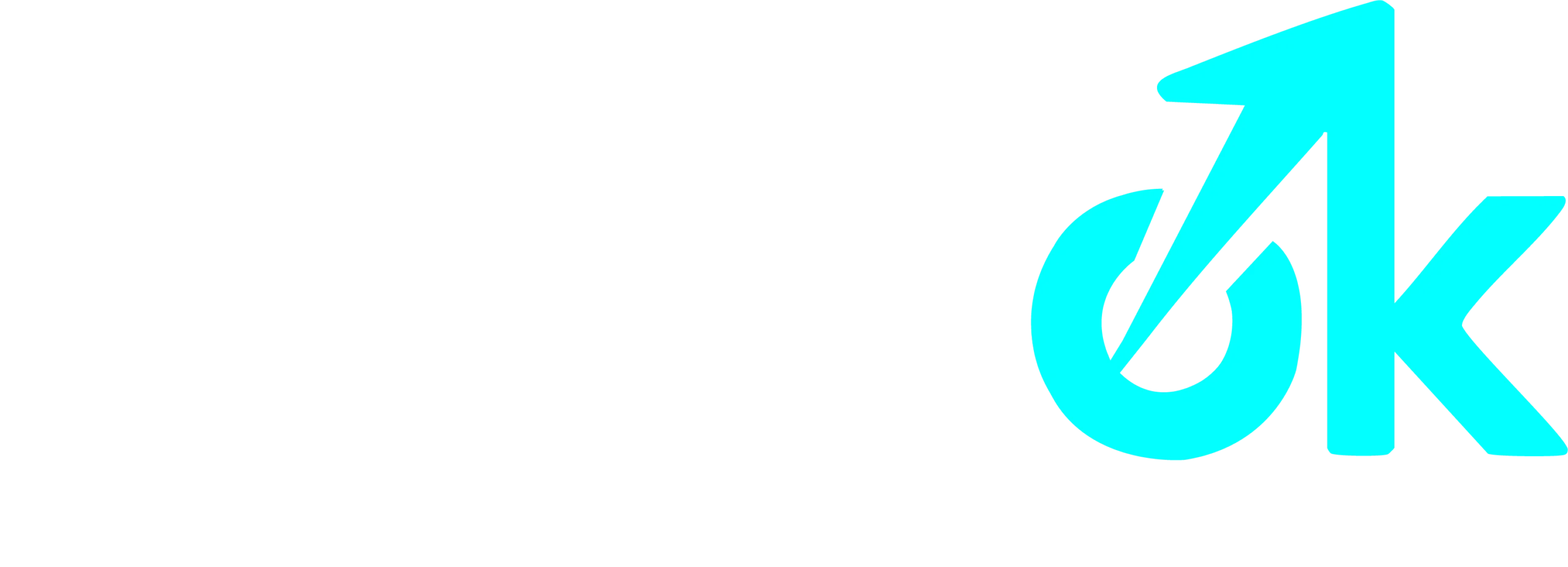Understanding Digital Marketing:
Digital marketing refers to any marketing strategy that uses the internet or electronic devices to promote products, services, or brands. It encompasses all the online tactics businesses employ to connect with and engage their customers. Unlike traditional marketing methods such as TV, radio, or print ads digital marketing unfolds in real time and fosters a two-way conversation between brands and consumers.
Here’s a key components of digital marketing:
- Search Engine Optimization (SEO) – This involves ranking your website so it shows up higher in search results on platforms like Google, making it easier for people to find you.
- Social Media Marketing (SMM) – This is all about promoting your brand on social media sites like Instagram, Facebook, LinkedIn, and TikTok to raise awareness and engage with your audience.
- Pay-Per-Click Advertising (PPC) – These are paid ads on Google, YouTube, or social media where you only pay when someone clicks on your ad.
- Content Marketing – This includes creating blogs, videos, infographics, and other types of content to draw in and educate your customers.
- Email Marketing – This strategy involves sending targeted emails to nurture leads and keep your customers coming back.
- Affiliate & Influencer Marketing – This is about teaming up with affiliates or influencers to showcase your products to their followers.
- Analytics & Data-Driven Marketing – This means using tools like Google Analytics to monitor user behavior and enhance your marketing campaigns.
In a nutshell, digital marketing is how businesses maintain their visibility, stay competitive, and connect with customers in an online world where most people spend their time.
New version:
Digital Marketing Strategy as a Digital Marketer
A digital marketing strategy is a game plan as a digital marketer. It outlines how you leverage online channels to hit your business targets, whether that’s ramping up sales, enhancing brand visibility, or driving more traffic. Think of it as your game plan for connecting with the right audience, at just the right moment, with the perfect message.
Solid Digital Marketing strategy includes:
- Set clear goals – Determine what you want to achieve (like boosting website traffic by 50%, generating 1,000 leads, or increasing your Instagram followers). Make sure your goals are SMART (Specific, Measurable, Achievable, Relevant, Time-bound).
- Know your audience – Develop buyer personas. Get to know their age, location, interests, challenges, and online habits.
- Choose your channels – Select the platforms where your audience spends their time. For instance:
- SEO for organic traffic
- Google Ads for immediate visibility
- Instagram and TikTok for reaching younger users
- LinkedIn for B2B connections
- Create valuable content – This could be blog posts, videos, reels, emails, or paid ads. The aim is to educate, engage, or entertain your audience while guiding them toward your product or service.
5. campaigns – Make sure they align with your goals and calendar (like running holiday promotions or launching a new product).
- Track & optimize – Utilize analytics tools (like Google Analytics, Meta Ads Manager, etc.) to assess performance. Adjust any campaigns that aren’t performing well and focus on what’s working.
For example:
If you’re promoting an online store, your strategy might include:
- SEO to rank for product-related searches
- Instagram reels for showcasing products
- Google Shopping Ads for users ready to buy
- Email campaigns to follow up on abandoned carts
- As a digital marketer, your job is to craft, implement, and fine-tune this strategy so that every click, like, or view brings you closer to achieving your business objectives.


